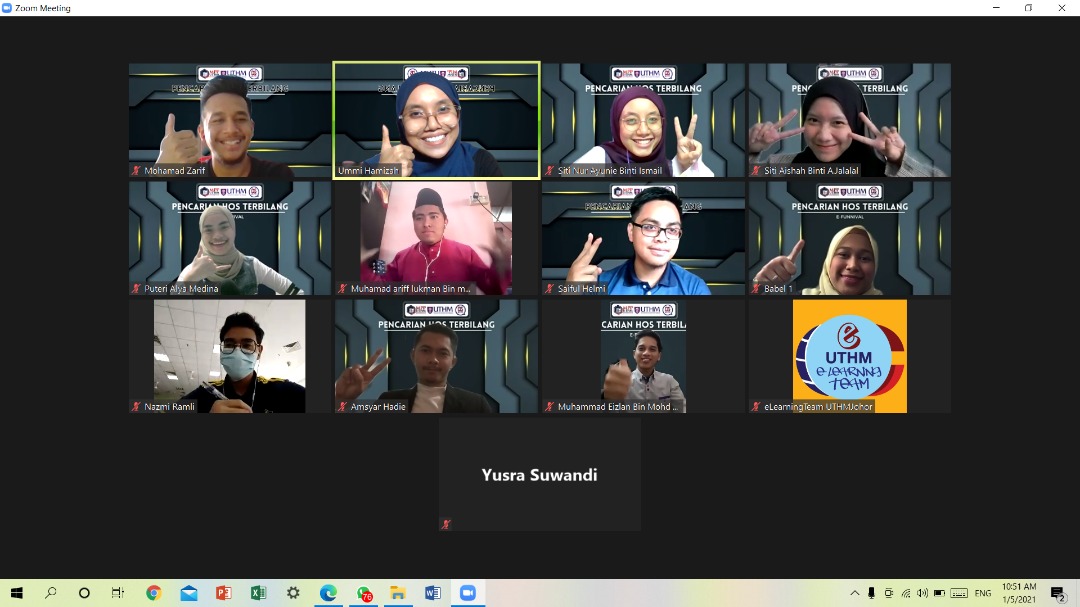
“Knowledge is knowing what t to say, Wisdom is knowing when to say it”
Teaching speaking skills for the past twenty years had undoubtedly provided me with a wealth of knowledge, particularly in studying human interaction. An interaction may elicit a wide range of emotions in a person, both positive and negative. These sentiments are generally triggered by what is said, who they are speaking with, or even their surroundings or setting, where the majority of non-native speakers struggle. In this situation, discussion settings are classified as physical space, cultural context, social-psychological context, temporal context, and emotional scene. All of these factors can have big influence on the success of an encounter in the context of the discussion. Each situation/context necessitates our participation.
To begin, the physical context is defined as a specific location, such as a wedding, meeting, consultation, or class. The cultural context is concerned when it comes to a group of people’s values, beliefs, lifestyles and actions. Such instances will affect whether the people concerned think something is right or bad. For instance, someone violating our personal space would put some of us off (less than 2 feet apart). This problem is caused by a highly varied knowledge in proxemics; some tend to be less comfortable if personal space is not offered. Apart from that, due to the diversity of languages and culture, I found that some phrases uttered during students’ presentation can be misinterpreted, especially when referring to feelings or objects. One embarrassing situation when due to the non-existence of certain alphabets in a specific language, the pronunciation in English can sometimes sound vulgar or inappropriate.
The social-psychological context includes the group’s standard in given environment; the closeness of speakers and the amount of formality of the exchange. And there are certain ground principles on how to communicate. The number of individuals in the chat can also provide a conducive climate for conversations in which everyone can contribute. Being aware of the surroundings helps one avoid making blunders or social faux pas leading to embarrassment. One example of a sensitive conversational setting would be joining a support group for persons who suffer from social anxiety. Because the group aims to assist one another to overcome concerns, harsh criticism or interrupting others would be improper. It is preferable if we consider the outcome of our discussion. A chat between a couple would be treated differently from a conversation between a supervisor and a worker.
Next, the placement of a communication inside a sequence of occurrences is referred to as temporal context. It determines the tone of the discourse as well as how issues are handled and linked after that. When someone admits to being laid off from a job, the conversation takes a new turn. It is also worth noting that the time (temporal) context is highly important in making a discussion productive. Some individuals, for example, are not reachable in the morning, whilst others do not mind. I would strongly advise my students not to call me after office hours since temporal context is critical.
Context can also come from visual cues or emotional signals showing how a person might react to a particular subject. For example, when a celebrity motivator made an insensitive comment on an issue without being aware of the context during her talk, people who do not have the background might react defensively. If someone is defensive, he might cross his arms, raise an eyebrow or roam his eyes across the room as signals to go out. When you see someone is clenching his fists or teeth, it gives you an idea of walking into a hostile emotional environment. Even with the proper context, sometimes people spend more energy trying to piece information together than trying to retain it all. This can lead to people missing important information and not paying adequate attention to the speaker. Where conclusions are drawn, assumptions are often made as well. Knowing what to say and knowing how to say it are two distinct abilities that not everyone possesses.
Conversations alone can even create an environment with the words people choose and the tone of the speakers. This is a dynamic context that people should be aware of when deciding how to respond to people. If people discuss their feelings or a vulnerability they experience, they most likely think they are in a safe, relaxed environment free of judgement. This is so relevant in the online meeting where the tone is crucial and facial expressions, choice of words, even lighting and appearance are critical in determining the effectiveness of the communication.
Background knowledge, manner, tone, and language choice would all be obstacles that would cause the conversation/communication to fail horribly. It is critical, especially for online presentations and communication, to read aloud what we have written in order to get the idea through. This is because how we talk differs from how we write. Sometimes we do not mean what we write since a wrong word choice might evoke different meanings and interpretations. After all, “The pen is mightier than the sword” which means whatever we write or say can affect anybody. In the current situation where everyone is being ‘locked inside, contemplating what to say and saying will definitely save us an embarrassment. We need to also think that everything is being recorded by the Almighty.

Dr. Siti Noor Fazelah Mohd Noor
Principal Researcher
Centre for Communication Science Research









